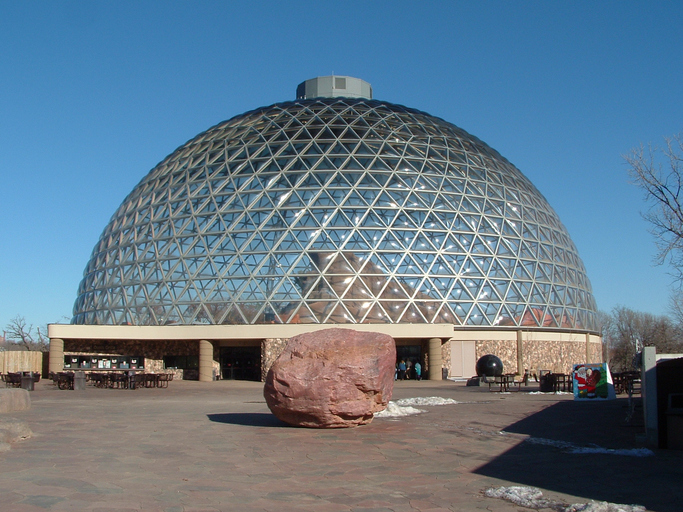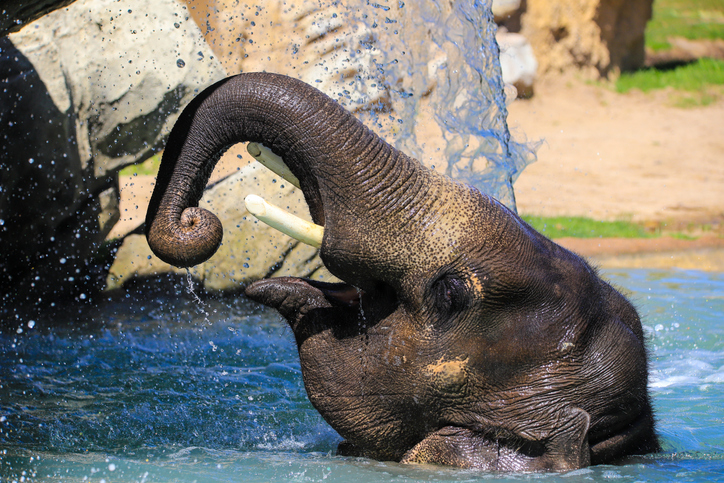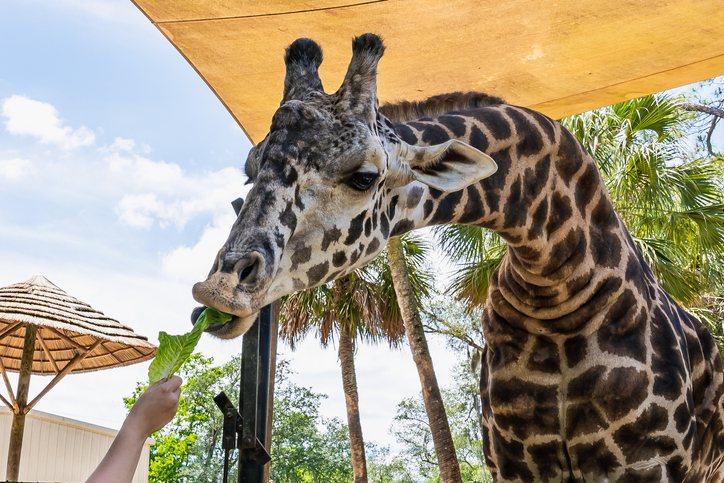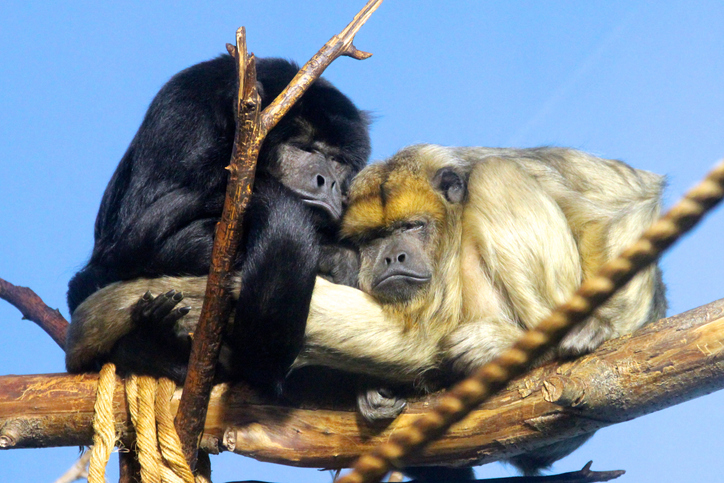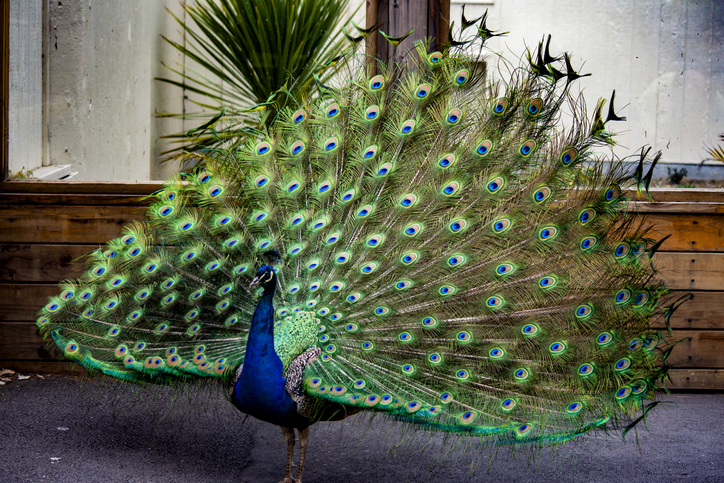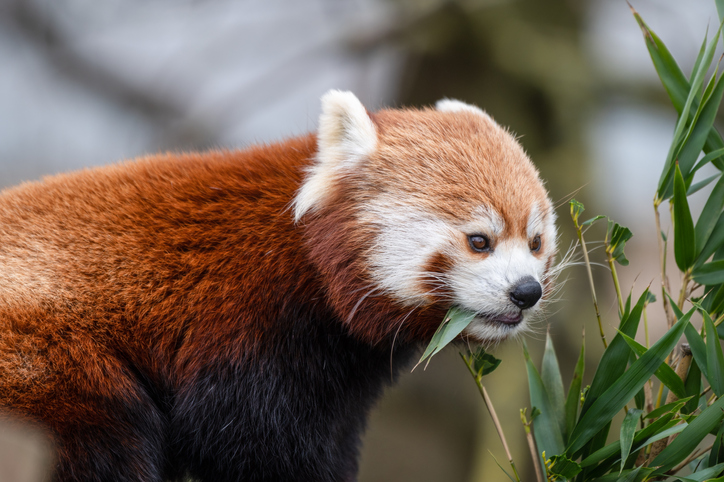These Giant Horror-Movie Spiders are Invading New England
Joro spiders are heading to New England and it is the STUFF OF NIGHTMARES.
Joro spiders, oh boy, let me tell you about these eight-legged nightmares!
So you’re strolling through your backyard, minding your own business, when suddenly you spot a huge, black and yellow spider hanging out like it owns the place.
How long is it going to take you to pack and book a flight to ANYWHERE?
First off, these arachnids are massive. We’re talking bodies as big as your thumb and legs that stretch out like Elastigirl. They look like they’ve been hitting the gym for eight-legged bodybuilders.
They’re not just content with being big and scary; they’re also invasive. Originally from Japan, they decided to pack their bags and take a trip to America in 2013. And now they are headed our way.
According to the Boston Globe, “the spiders can use their silks to fly through the air — a behavior known as ballooning — and get carried by the wind to new locales. They’re also capable of hitching rides with humans on cars or in luggage.”
Which would be fine, if Joro spiders weren’t so BIG. They love spinning ginormous webs. I’m talking about webs that could catch a small dog if you’re not careful.
Fun facts about Joro spiders, according to StudyFinds.com:
- Joro spiders can spin webs that stretch over 3 feet in length
- They are large spiders with legs that can span up to 4 inches
- Researchers believe they are harmless to both people and pets
On the flip side, some people say Joro spiders aren’t as terrifying as they seem. Sure, they might look like they star in “Arachnophobia”, but they mostly keep to themselves. Plus, they’re an unpaid pest control squad, munching on annoying insects like, you know, mosquitoes.
Despite their size, joro spiders aren’t dangerous or aggressive toward humans.
“They are really very timid, and, their fangs are quite short, so if a person were to run into a web (which is quite likely), the spider will probably just run away,” Andy Davis, research scientist at the University of Georgia’s Odum School of Ecology told the Globe back in March. “Even if it wanted to bite you it probably couldn’t!”
Well, that’s good news. But this isn’t:
“Despite the hustle and bustle of urban environments, these spiders are not just surviving in cities — researchers say they’re thriving, according to StudyFinds.com. “University of Georgia scientists shed light on this phenomenon, revealing that Joro spiders possess an unexpected tolerance for the vibrations and noise that are part and parcel of urban landscape.”

